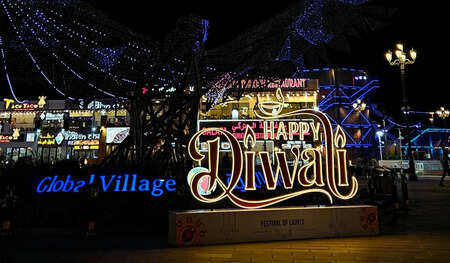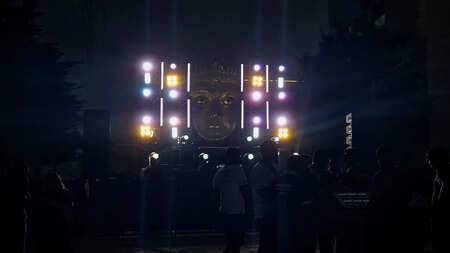Finding Beauty in Imperfection
Times of Bennett | Updated: May 01, 2023 23:03

BY KANAK BAHTIA
Japan has a rich cultural history that has had a significant impact on the world. Around the world,Japanese culture has captivated people's imaginations through everything from anime and manga to sushi and samurai. However, hikkikomori and kintsugi are two lesser-known but equally fascinating facets of Japanese culture .
Hikkikomori is a phenomenon that describes Japanese people who isolate themselves in their homes and withdraw from society. It is estimated that there are around 1 million hikkikomori in Japan, many of whom are young males who struggle to fit in in a society that is very competitive and conformist. Hikkikomori is a term that translates to "pulling inward, being confined" and is frequently connected to feelings of remorse and shame.
On the other hand,kintsugi is a traditional Japanese art form that involves repairing broken pottery with lacquer and gold dust. The philosophy behind kintsugi is that an object that has been broken is not necessarily worthless but can be made more beautiful by highlighting its flaws. The word kintsugi translates to "golden joinery" and is seen as a metaphor for the human experience of overcoming hardship and adversity.
Hikkikomori and kintsugi, though they may appear to be very different ideas, both represent significant facets of Japanese society. Hikkikomori is a symbol for the urge to fit in and the challenge of doing so in a culture that is fiercely competitive. On the other hand, kintsugi stands for the notion that hardship and imperfection can be transformed into something lovely and priceless.
Moreover, there is a deeper link between hikkikomori and kintsugi. Isolation and disconnect are themes that are addressed by both ideas. Hikkikomori isolate themselves from society because they feel cut off from it, whereas kintsugi is a technique for restoring shattered objects that have become estranged from their original shape. A sensation of alienation exists in both situations, but it is finally overcame via self-reflection and personal development.
In conclusion, hikkikomori and kintsugi are two fascinating aspects of Japanese culture that reflect important themes of isolation, conformity, and overcoming adversity. While hikkikomori may seem like a negative phenomenon, it is important to recognize the pressures that lead people to become reclusive and to find ways to support those who struggle with social isolation. Similarly, kintsugi is a beautiful art form that reminds us that imperfection and brokenness can be transformed into something valuable and meaningful. By embracing both hikkikomori and kintsugi, we can gain a deeper understanding of Japanese culture and the human experience as a whole.
Japan has a rich cultural history that has had a significant impact on the world. Around the world,
On the other hand,
Hikkikomori and kintsugi, though they may appear to be very different ideas, both represent significant facets of Japanese society. Hikkikomori is a symbol for the urge to fit in and the challenge of doing so in a culture that is fiercely competitive. On the other hand, kintsugi stands for the notion that hardship and imperfection can be transformed into something lovely and priceless.
Moreover, there is a deeper link between hikkikomori and kintsugi. Isolation and disconnect are themes that are addressed by both ideas. Hikkikomori isolate themselves from society because they feel cut off from it, whereas kintsugi is a technique for restoring shattered objects that have become estranged from their original shape. A sensation of alienation exists in both situations, but it is finally overcame via self-reflection and personal development.
In conclusion, hikkikomori and kintsugi are two fascinating aspects of Japanese culture that reflect important themes of isolation, conformity, and overcoming adversity. While hikkikomori may seem like a negative phenomenon, it is important to recognize the pressures that lead people to become reclusive and to find ways to support those who struggle with social isolation. Similarly, kintsugi is a beautiful art form that reminds us that imperfection and brokenness can be transformed into something valuable and meaningful. By embracing both hikkikomori and kintsugi, we can gain a deeper understanding of Japanese culture and the human experience as a whole.







